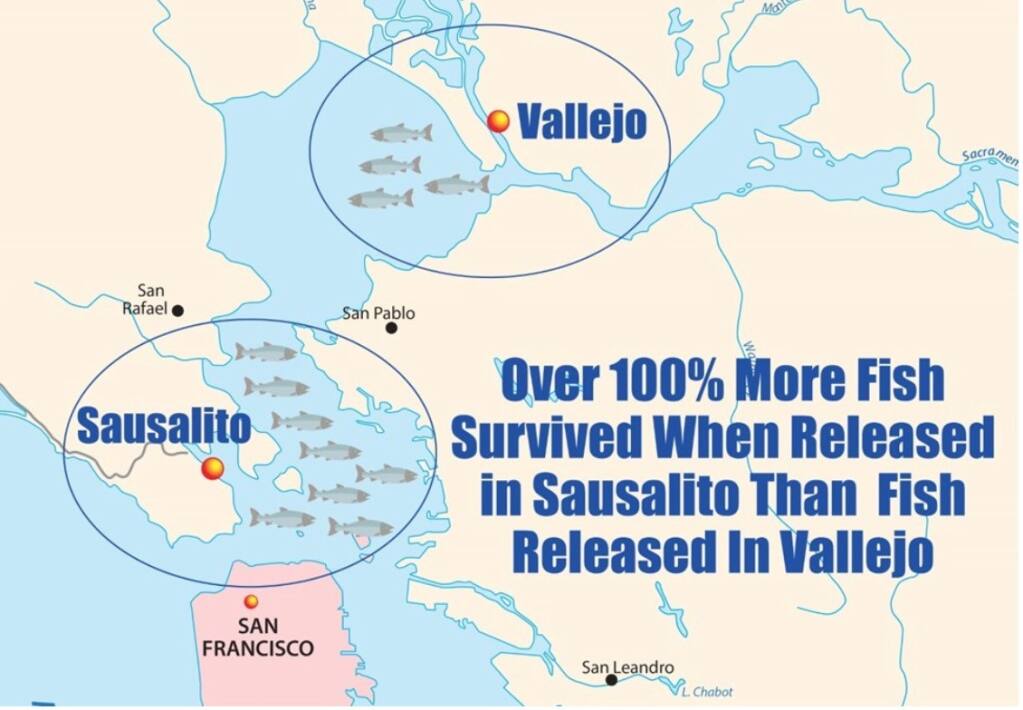BILL LYNCH INDEX-TRIBUNE SPECIAL CORRESPONDENT

Shortly after driving over Oregon’s famous Umpqua River this week on my way back from Portland, Oregon, I saw a report that video cameras monitoring the fish ladder at Soda Springs Dam on the Umpqua contained footage of a Pacific lamprey passing upstream. It was the first Pacific lamprey to cross the ladder since it was opened in 2012. The report indicated that the fish ladder, which is used by hundreds of salmon and steelhead each year, was designed especially with lamprey in mind.
My first thought was “Why is this good news?” Lamprey’s are literally vampires. They’re also creepy looking and feed on the blood and other bodily fluids of other fish, including trout and salmon. My bias was triggered years ago by articles in Field and Stream and other outdoor magazines that described how sea lampreys had invaded all of the Great Lakes and were decimating their native fish populations, including lake trout.
Millions of dollars were spent in those waters in an attempt to eradicate lampreys.
However, there is another side to the story, especially when it comes to the Pacific Lamprey. First, they are an important ceremonial food for Native American tribes along the Columbia River, Klamath River, Eel River and other rivers along the Pacific Coast. Like salmon and steelhead, they are anadromous and apparently are not a threat to either of those species. In fact, they apparently improve the health of streams in which they reproduce, and streams that are most healthy for their survival are also those best suited for trout and salmon.
I remember seeing lampreys in Sonoma Creek back in my teen years when Sonoma Creek still had cold, clear water that supported trout.
Anyway, the report about lampreys in the Umpqua River is apparently good news.
I also drove by the McKenzie and Willamette Rivers during my trip and saw that they both appear to have plenty of water. A report from the Caddis Fly Shop in Eugene, Oregon indicated that the fishing in the upper reaches of both rivers is good, with trout rising with big attractive patterns and colorful names like “Chubby Chernobyl, Hippy Stompers and Stubby Shubby.”
The report said steelhead fishing in the middle Willamette near Dexter Dam is better than last year.
Closer to home, the Golden State Salmon Association announced recently that the survival of hatchery raised salmon “…is much higher than it’s ever been.” The GSSA pointed out that the fishing in the Pacific off our coast has been good in spite of drought conditions. The organization attributes this success to the fact that state hatchery managers have moved their releases of young salmon to waters closer to the Golden Gate Bridge thanks primarily to lobbying by GSSA. The organization demonstrated that the baby salmon released near the GG Bridge survive at two to four times higher than those released at the traditional release site in Vallejo.
